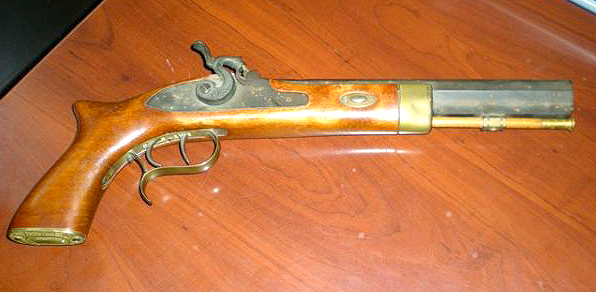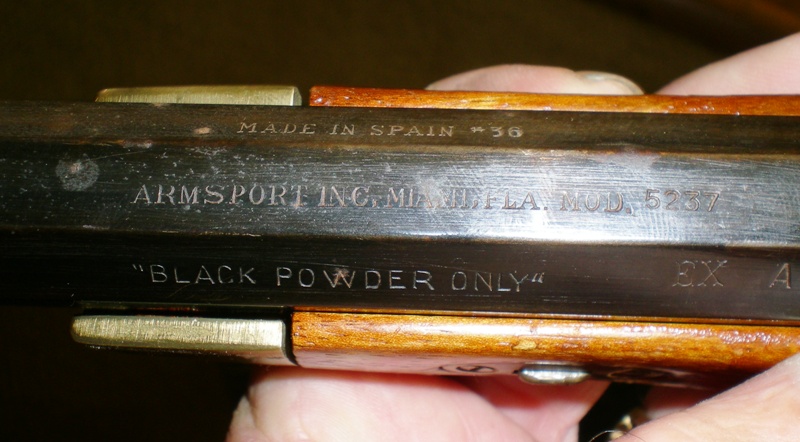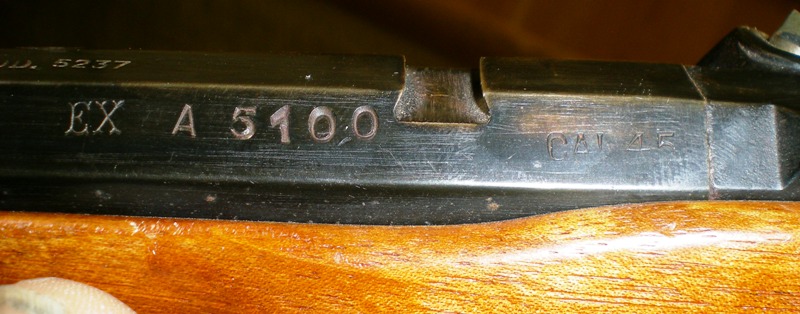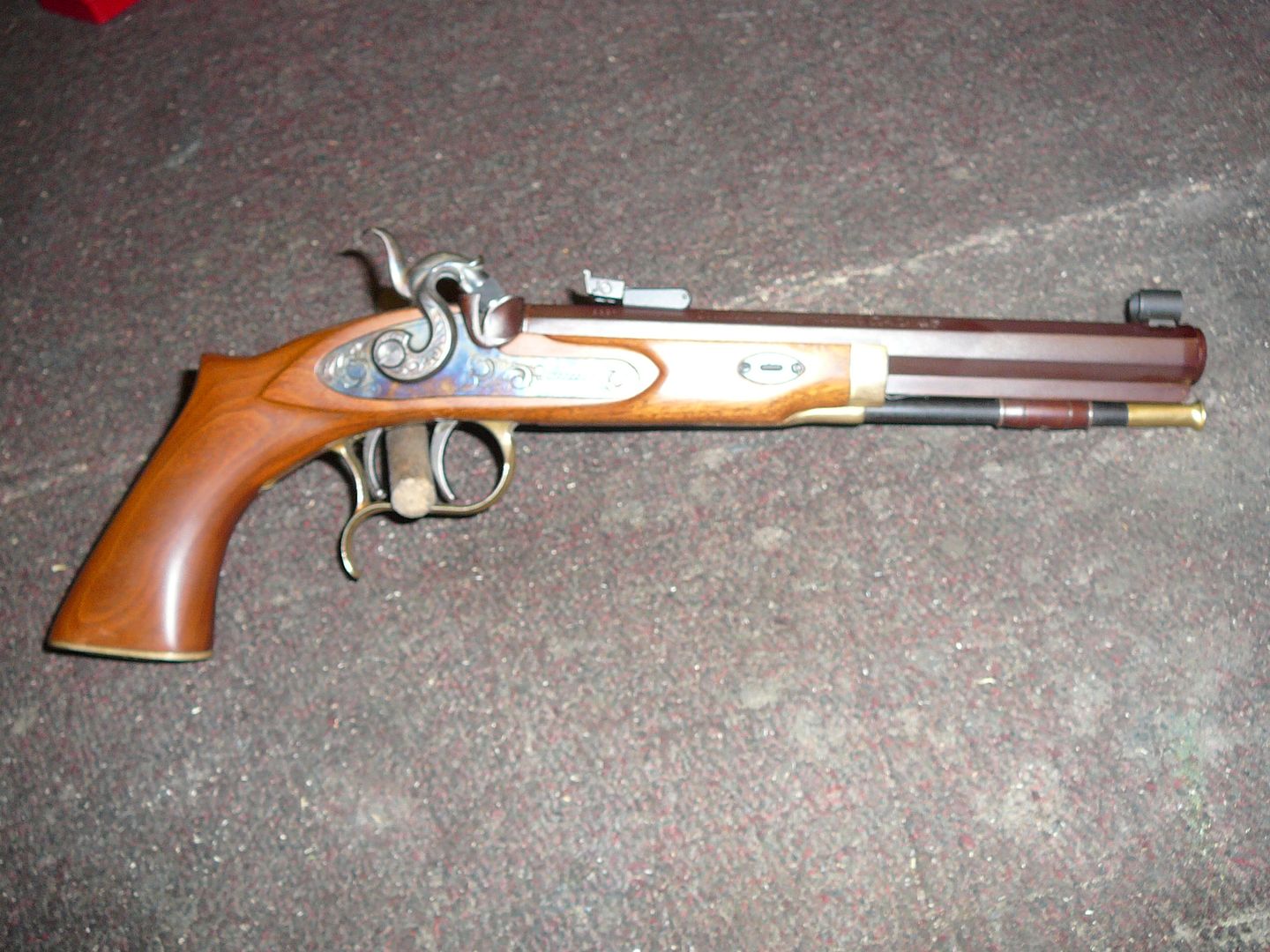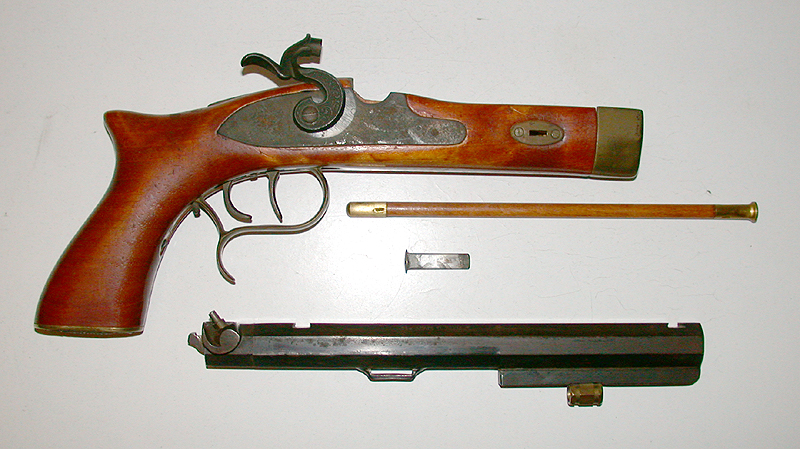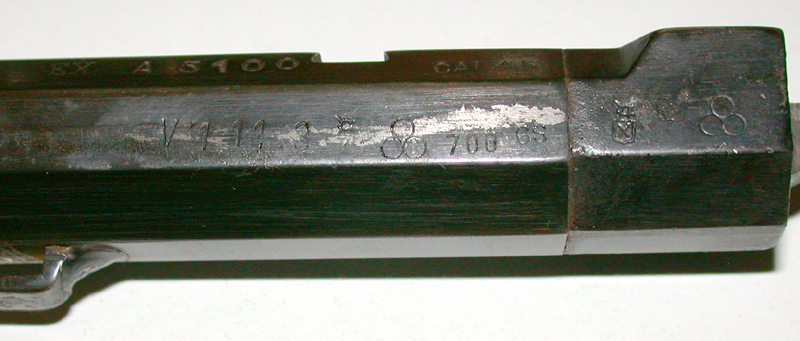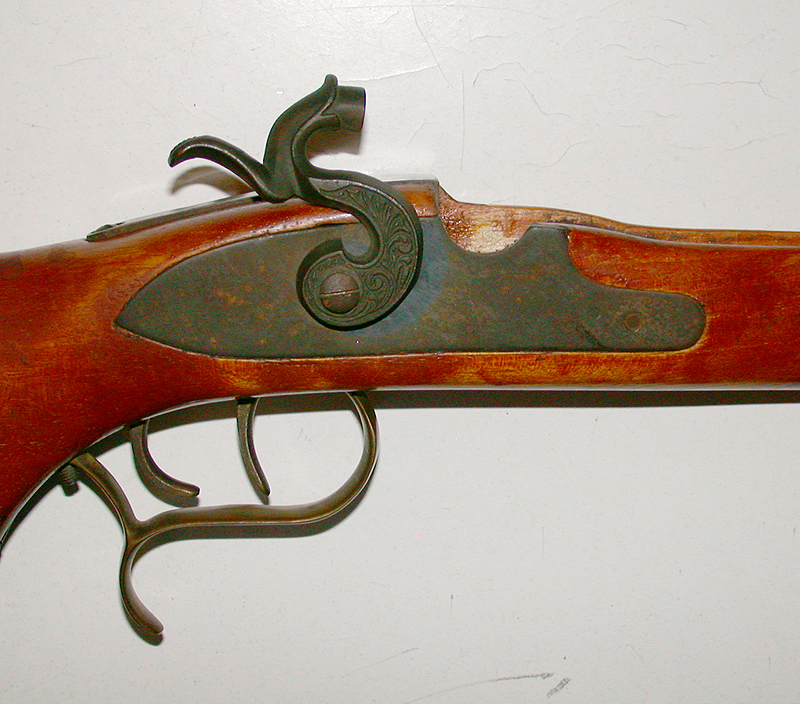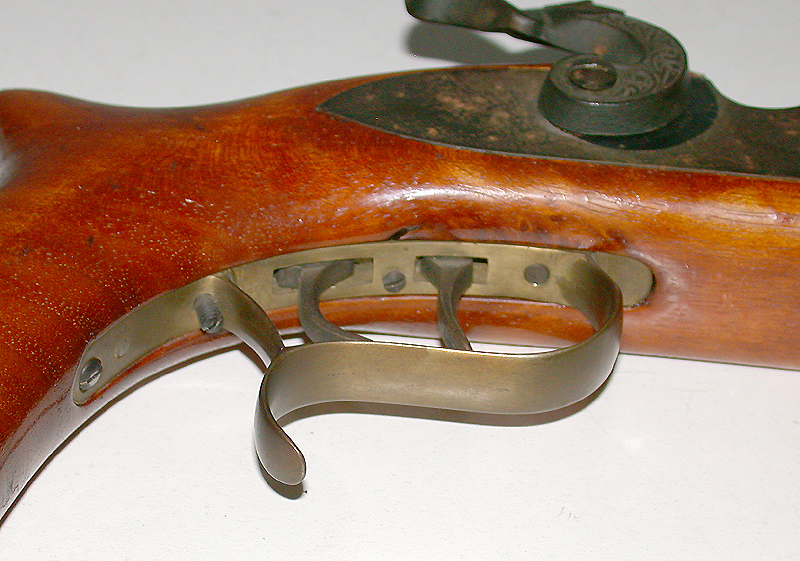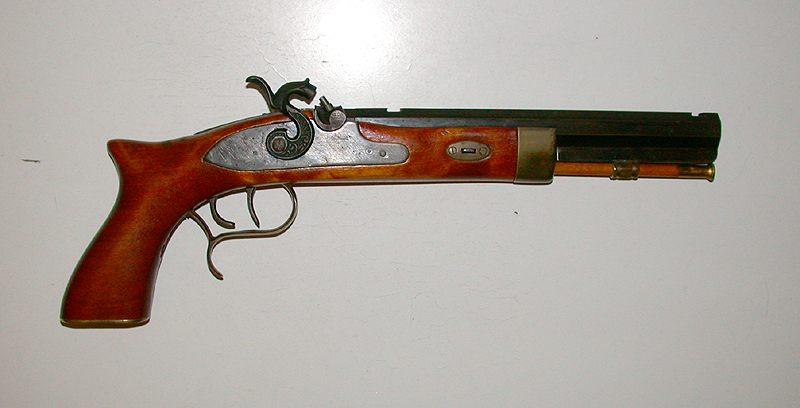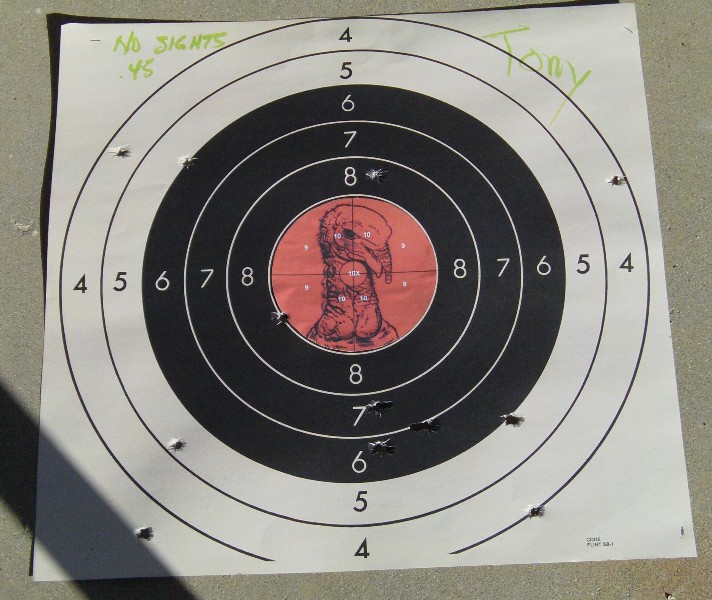A cut or burned patch can be caused by several things but it always produces poor accuracy.
When you look at a patch after it has been shot, the outside edges of it will usually be tattered.
This is normal and is what happens when cloth is subjected to 600+ mile an hour winds.
The area where the patch was squeezed between the ball and the barrel and the center of the patch are the areas we are interested in.
If the retrieved patch has cuts that run parallel to the rifling grooves where the ball was pinching it against the bore it indicates sharp edged rifling grooves.
The razor like edges of the groove which often exist need to be dulled so they won't cut the material.
This can be done by wrapping a small amount of steel wool around a cleaning jag and then running it up and down the barrel a bunch of times.
The steel wool will wear out while your doing this so it needs to be replaced often.
A badly rusted bore will also create craters and saw like teeth and pits that can tear a patch.
If this is the problem, sometimes steel wool will help. Sometimes a very fine valve grinding compound on the patched jag can help. Sometimes, nothing short of reboring the barrel will help.
This is not to say that all rusty barrels are bad.
Some have very mild pitting or practically none at all (although they can look bad at first and they are always a reason to pay a lower price if your buying).
I've seen bores where the actual bore was just lightly pitted and it shot like a champ without tearing the patching at all.
Short circular cuts at the ball indicate sharp edges at the crown of the muzzle.
Often, the maker will leave these places where the rifling meets the muzzle razor sharp.
That will cut the patch right when the patched ball is being forced into the bore.
Rounding off these sharp edges can be done using a small piece of 220 grit black, wet/dry sandpaper.
Press the small piece into the muzzle with your thumb. Then rotate your hand and thumb from side to side, slowly rotating the barrel slowly as you do this. Use a new little piece of sandpaper when the old paper quits cutting.
This will slowly round off and polish the area but more importantly, it will remove any sharp edges.
Some folks like the mirror bright look left by this process but others use some cold bluing to recolor the area so it matches the outside of the barrel.
If the patch is charred or burned where the ball meets the barrel either the patch is too thin, the ball is too small, an insufficient amount of patch lube was used or a combination of all of these things.
If the center of the patch is burned or charred it indicates either a lack of patch lube, too large of a powder load or the powder was 777 which apparently burns much hotter than black powder or Pyrodex. 777 has a reputation for burning patches.
The burning if caused by large powder loads or 777 can be reduced by using a cardboard patch between the powder load and the rear of the patched ball.
Cream of Wheat or corn meal can also be used to protect the patch.
Other things that can cause a patch to "blow apart".
Some pre lubed patches that are sold at gun stores have sit on the shelf for years.
In doing this, the factory applied patch lube can break down the fibers in the cloth weakening them so much that they cannot take the violent forces, heat and pressure of a black powder gun firing.
Worn out T-shirts also have weakened fibers. That's why it's worn out.
This material will seldom work well for patching a ball in a rifle or single shot pistol.
Some people have used cloth made from plastic.
Nylon, Rayon, Polyester, etc all melt at low temperatures and the heat from the powder explosion can melt them.
Once melted the 4000+ psi pressure behind the ball will just blow them out of the way.
Always use pure cotton or linen material for the patch material.
Hope this helps you figure out what's happening with your guns accuracy.
